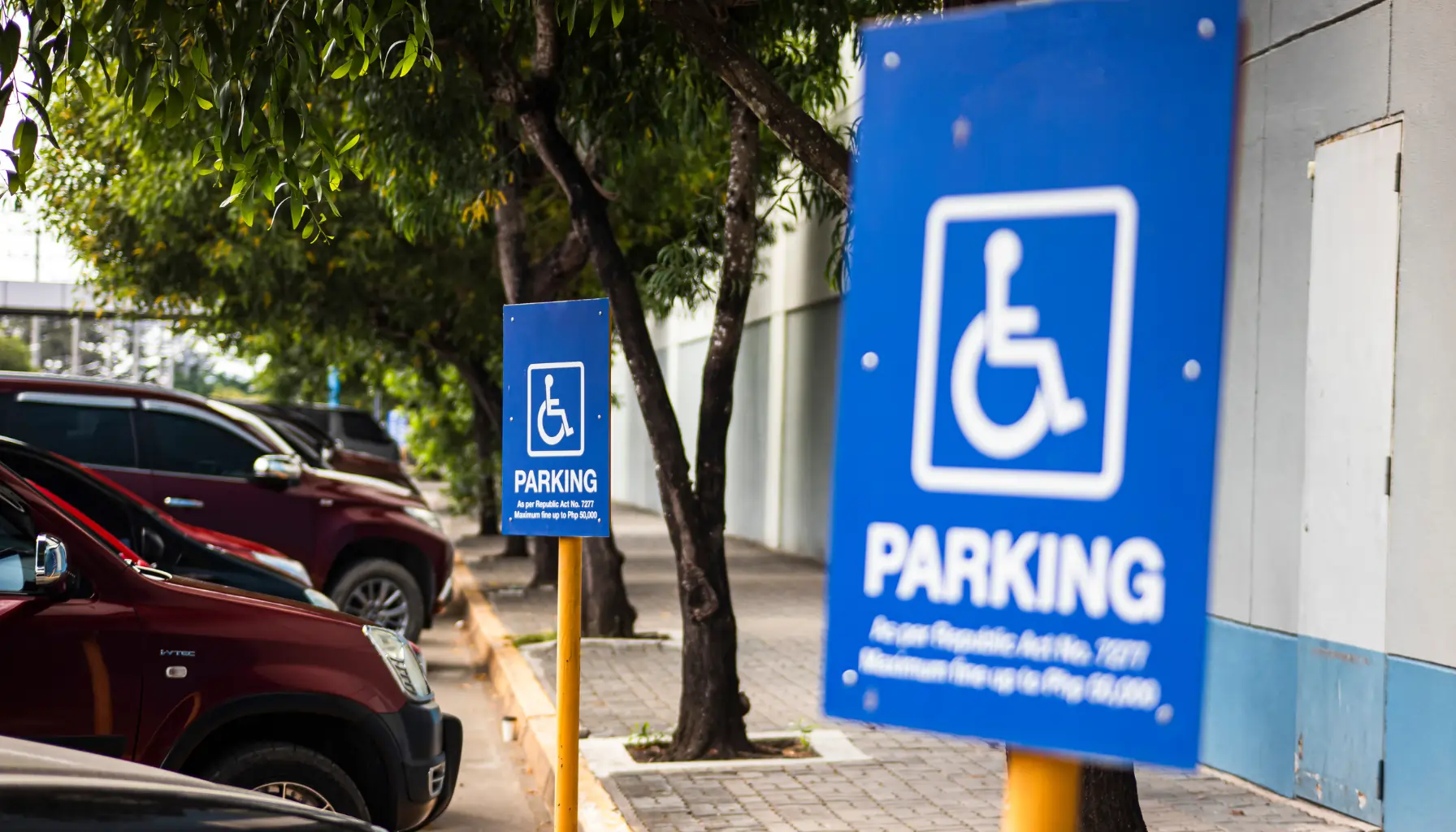
Tarun Tony Abraham
Trained Accessibility Consultant
Tarun Tony Abraham is a trained Accessibility Consultant based in Toronto, Canada. He holds a Master’s degree in Advanced Architectural Design from Columbia University in New York. With over five years of experience in architecture, Tarun specializes in enhancing accessibility in public infrastructure projects, ensuring strict adherence to accessibility standards. His expertise spans significant projects in New York and Michigan, where his architectural design skills have been crucial in improving accessibility in various environments.
Tarun Tony Abraham's Blogs

Accessible parking plays a vital role in creating inclusive spaces for individuals with disabilities. In Canada, meeting accessible parking requirements […]

In a world where inclusivity is paramount, architecture stands as a silent yet powerful force shaping the accessibility of our built environments. It goes beyond just creating visually stunning structures; innovative architecture holds the potential to break down physical barriers and foster a more inclusive society.

When it comes to improving the accessibility of your website, documents, or built spaces, the first step is always a detailed accessibility audit. It might sound like an involved and complicated task. Yet, it’s a critical tool when it comes to improving the accessibility and inclusivity of your organization.

People with disabilities often face barriers in their everyday lives that prevent them from fully participating at work or in other aspects of society. With the goal of getting rid of this discrimination related to disabilities, the government began the development of the Accessibility for Ontarians with Disabilities Act (AODA) in 1994.
